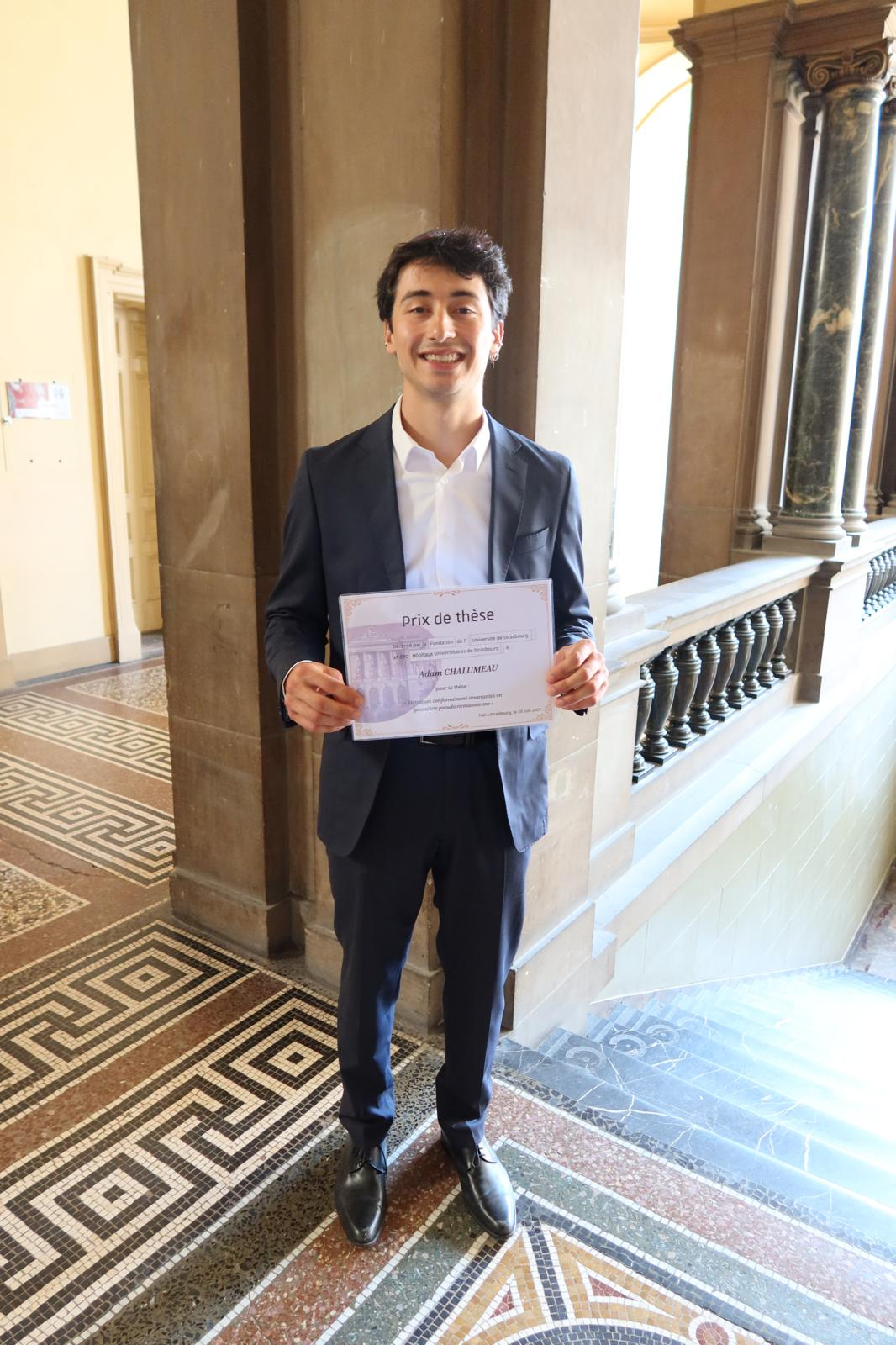Institut de recherche mathématique avancée
L'institut
À la une !
Agenda
-
Du 25 au 29 août 2025 conférence
-
Summer School "Deep Learning and applications"
- Lieu : IRMA
-
Mardi 9 septembre 2025 - 14h00 Séminaire Equations aux dérivées partielles
-
François Dubois :
À venir
- Lieu : Salle de conférences IRMA
-
Résumé : TBA
-
Mardi 9 septembre 2025 - 14h00 Séminaire ART
-
Taichi Katayama :
À venir
- Lieu : Salle de séminaires IRMA
-
Mardi 9 septembre 2025 - 14h00 Séminaire ART
-
Taichi Katayama :
À venir
- Lieu : Salle de séminaires IRMA
-
Vendredi 12 septembre 2025 - 14h00 Thèse
-
Guillaume Steimer :
Méthode de réduction d’ordre pour des dynamiques hamiltoniennes utilisant l’apprentissage profond
- Lieu : Salle de conférences IRMA
-
Lundi 15 septembre 2025 - 15h30 Séminaire Géométrie et applications
-
Victor Le Guilloux :
à préciser
- Lieu : Salle de séminaires IRMA

